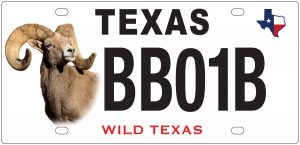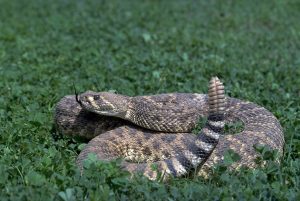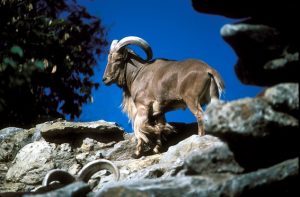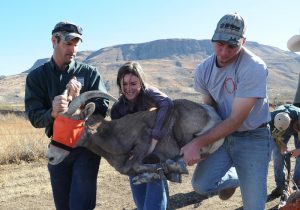New Conservation License Plate to Drive You Wild
Tuesday, June 11th, 2019This is Passport to Texas
Thousands of Texas motorists have contributed to wildlife conservation efforts with a simple purchase. Thirty dollars for a Texas Parks & Wildlife conservation license plate.
We’re really excited to announce that we’re launching a new desert bighorn sheep conservation license plate.
Janis Johnson is with the Conservation License Plate program at Texas Parks and Wildlife.
This is a real beauty. The first time that we’ve used a photograph on a license plate. It’s a really clear view of this majestic looking bighorn with an enviable set of horns.
This popular fund-raising program started with the horned lizard plate, first offered in 2000.
It’s been quite amazing to watch the program grow. We now have nine plates and within this period of time we’ve raised nearly 9 million dollars.
Each conservation license plate costs just $30 in addition to the vehicle registration fee. $22 goes directly to help fund conservation efforts in Texas. Motorists can order a plate anytime for their vehicle, motorcycle or trailer; it’s not necessary to wait for a renewal notice. Go to any county tax office or conservationplate.org for your plates.
If you have a deer plate already or one of our other plates, I’m sure that there’s another vehicle around that could use a handsome looking desert bighorn sheep on it.
Our show receives support from RAM Trucks: Built to Serve.
For Texas Parks and Wildlife, I’m Cecilia Nasti.







 Passport to Texas is a
Passport to Texas is a  Passport to Texas is made available by:
Passport to Texas is made available by: